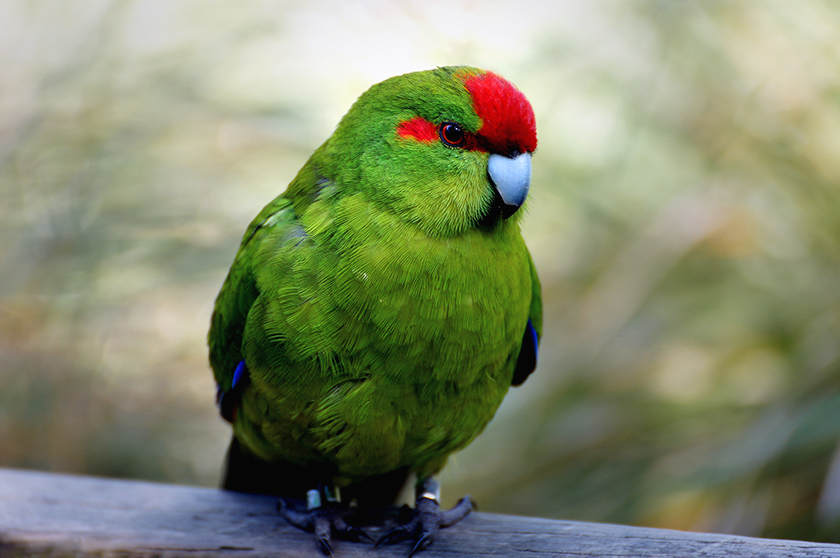New Zealand’s Birds
New Zealand may lack for mammals, but that’s conversely created a unique population of birds - a number of species are flightless, having had no need to take to the air to avoid predators.
Check out the excellent Digital Encyclopedia of New Zealand Birds (www.nzbirdsonline.org.nz), and tune up on bird calls at the Department of Conservation website (www.doc.govt.nz/nature/native-animals/birds).
1. Silvereye/Tauhou
One of NZ’s most prevalent birds, this small, agile creature is easily recognised by its white eye-ring and inclination to sing.
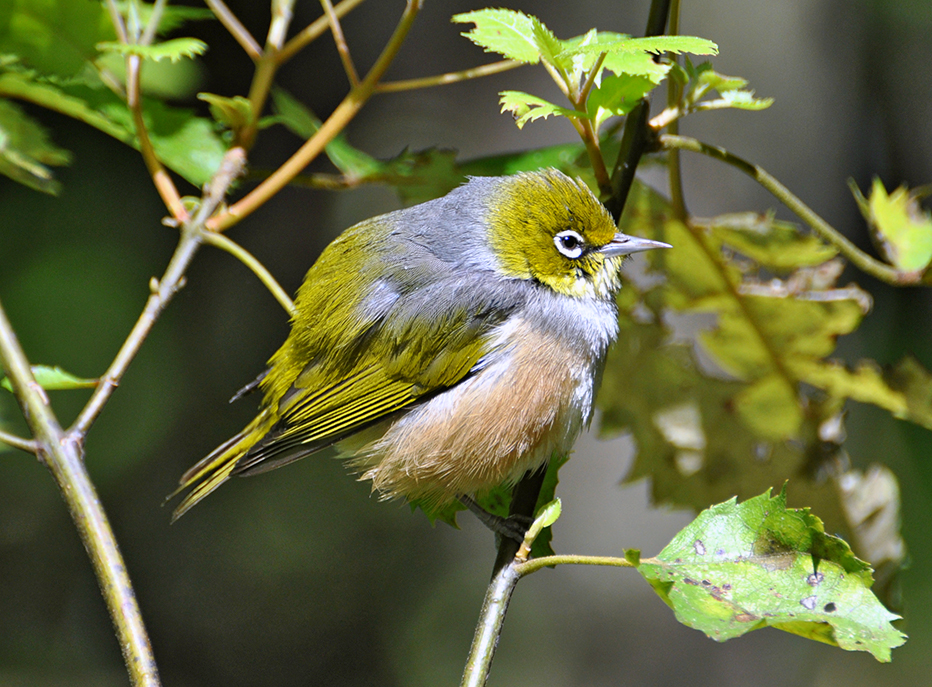
2. New Zealand pigeon/Kereru
If you hear heavy wingbeats overhead, it’ll be the kereru. NZ’s handsome native pigeon is widespread through the country and fond of powerlines and branches.
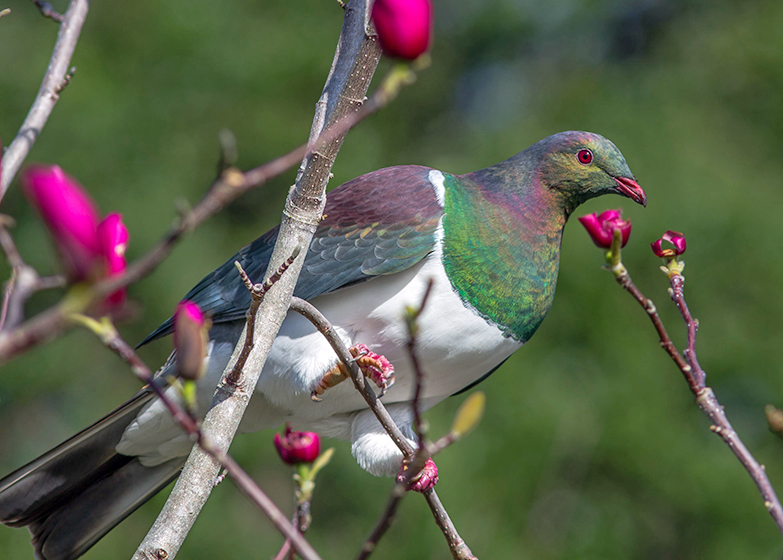
3. Bellbird/Korimako
Sounding less like a bell and more like Adele, this enchanting songbird sounds big but is a small, green slip of a thing, fond of nectar and found on both islands.
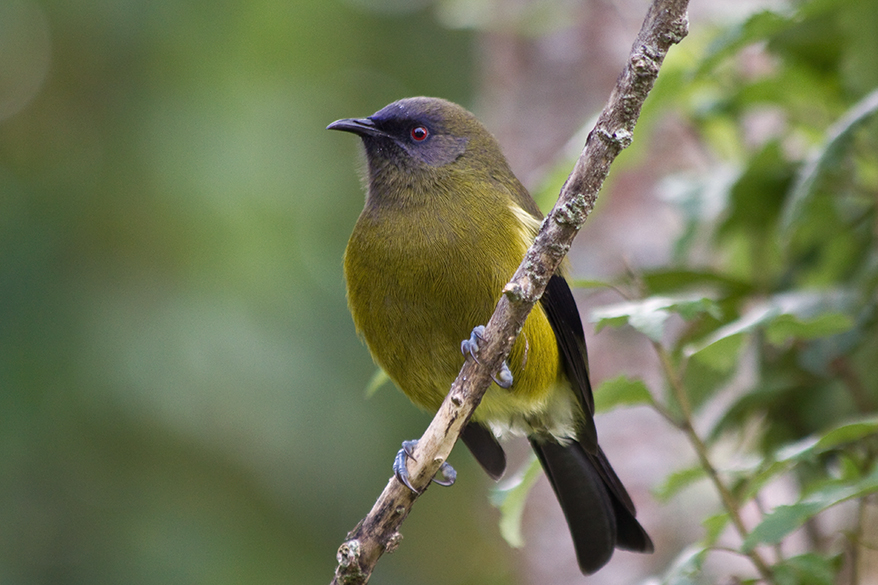
4. Fantail/Piwakawaka
This little charmer will entrance you up close, but in truth it cares not a jot about you, merely the insects you displace.
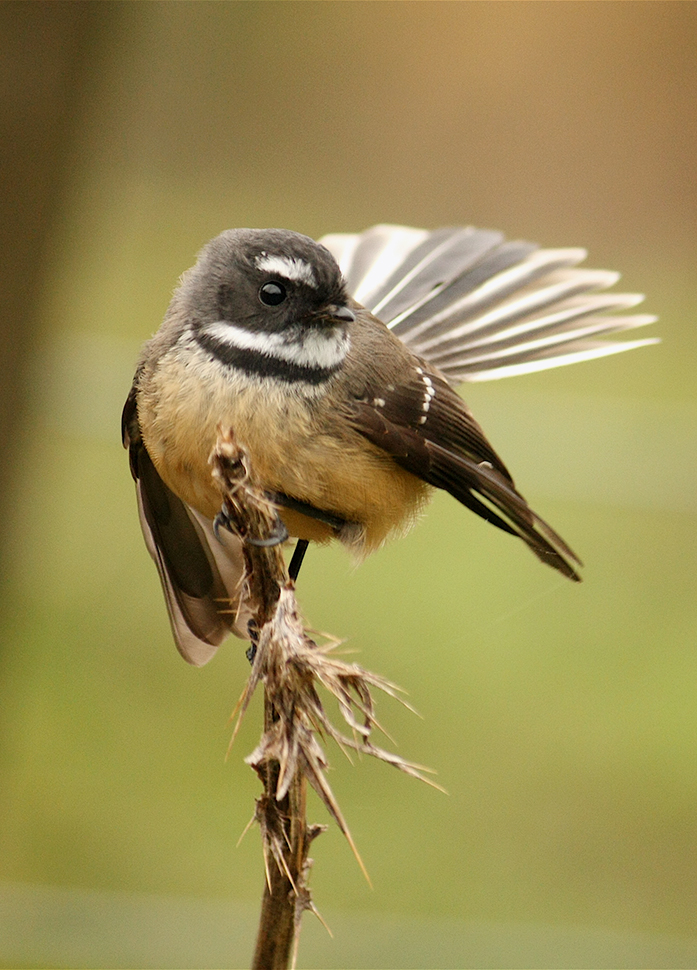
5. Grey Warbler/Riroriro
NZ’s most widely distributed endemic bird species is also one of its smallest. Tending to hide in dense vegetation, the featherweight affirms its presence by warbling its jolly head off.
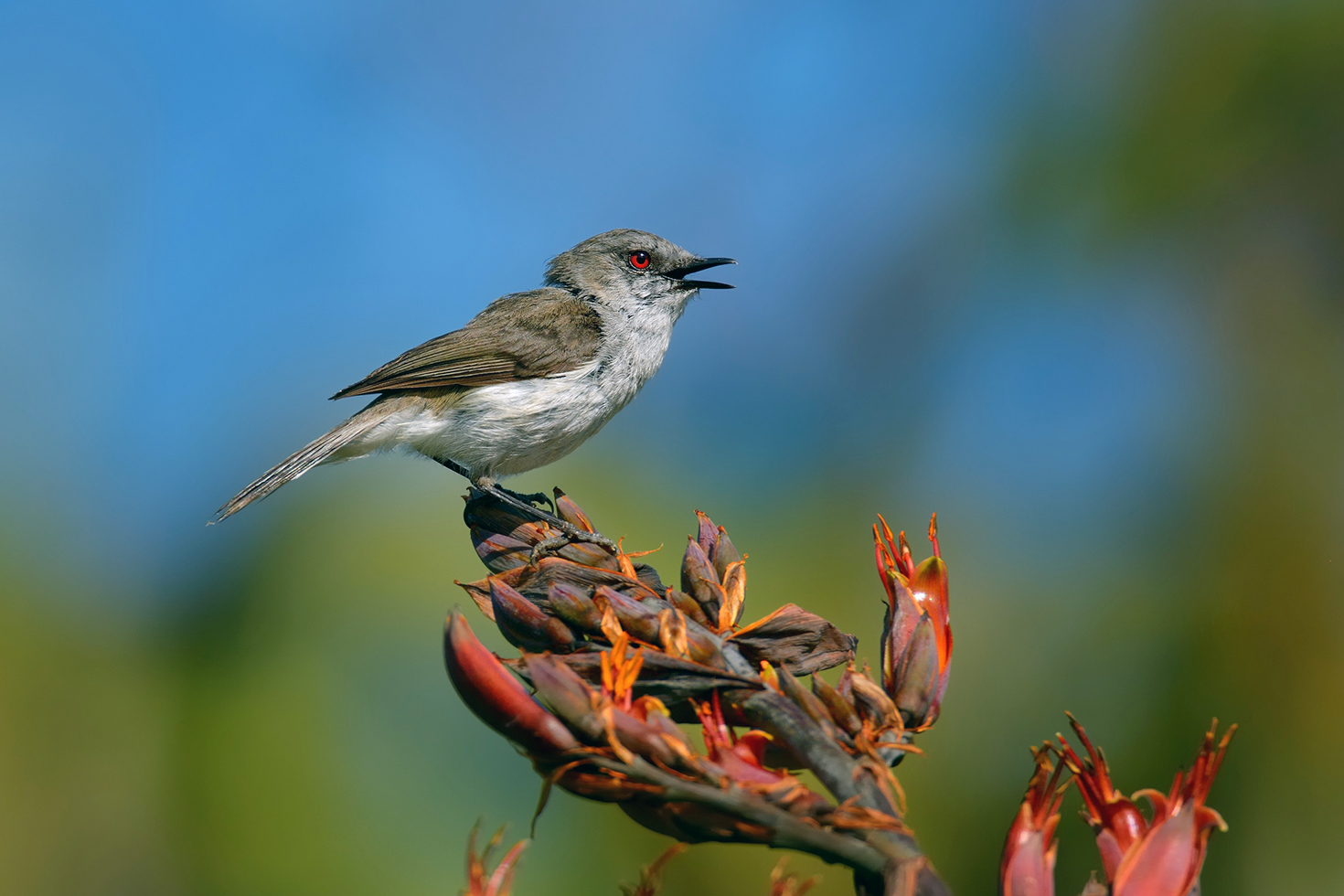
6. Woodhen/Weka
Often mistaken by visitors as a kiwi, this large flightless bird has a keen nose for lunch crumbs and will often appear at well-frequented picnic spots.
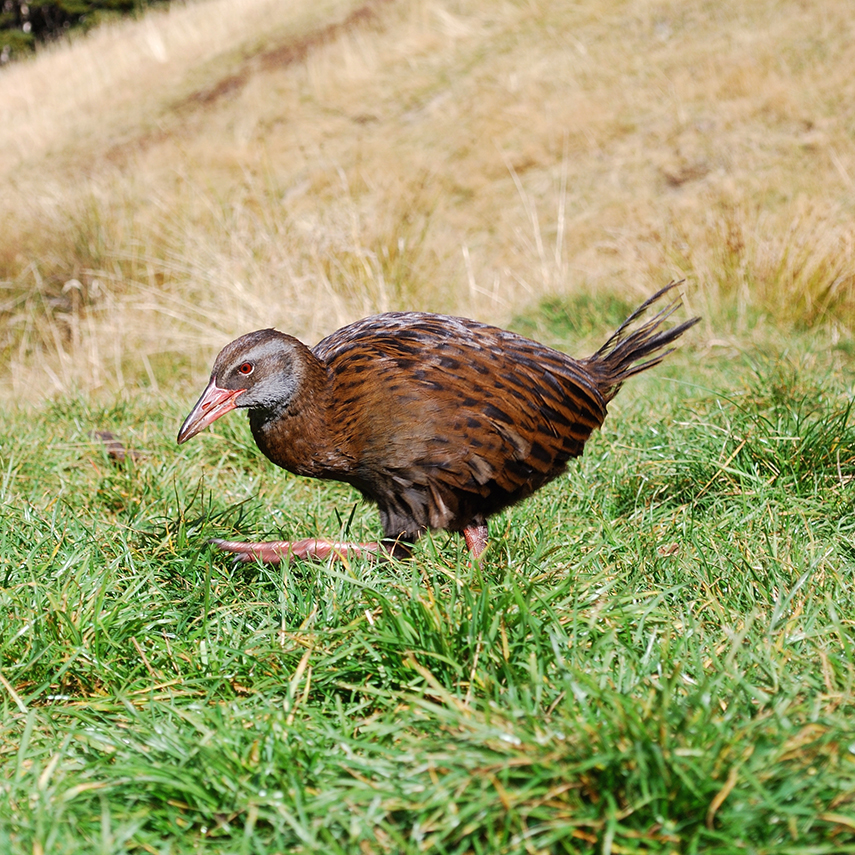
7. Pukeko
Looking like a smooth blue chicken with a red forehead, this bird is often seen pecking about in paddocks or crossing the road in front of high-speed traffic. It’s territorial, highly social and easily recognised.
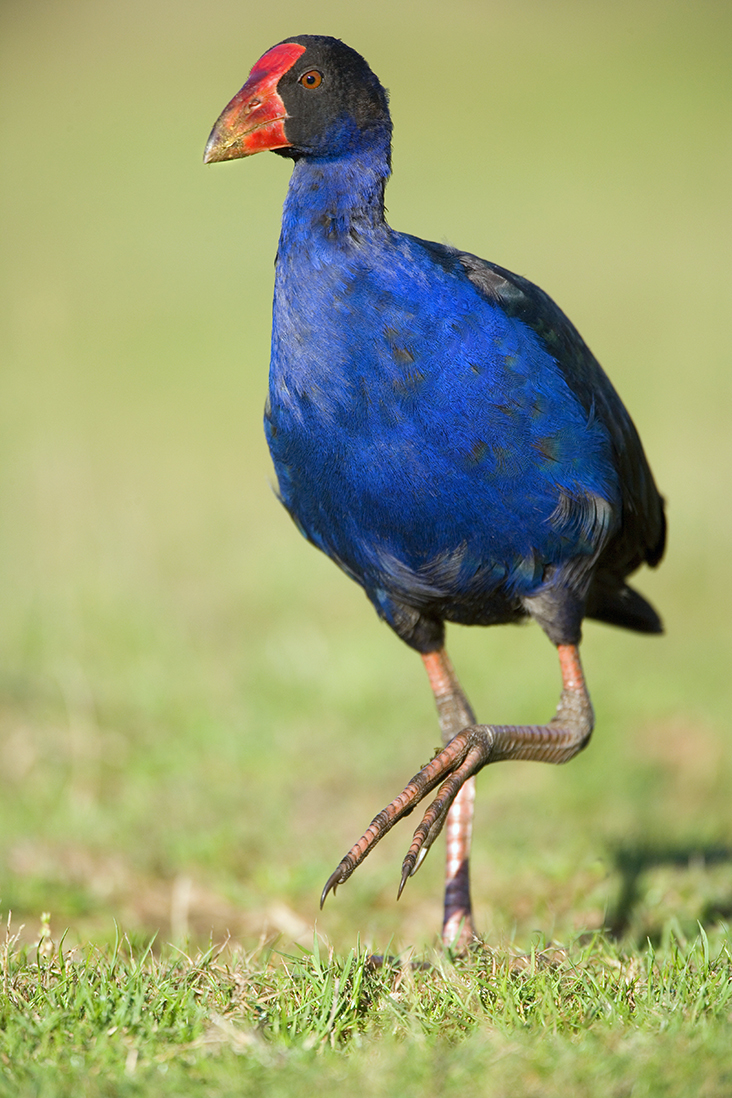
8. Paradise Shelduck
This colourful, conspicuous and honking waterfowl could be mistaken for a small goose as it hangs out in wild wetlands, river flats, sportsfields and other open grassed areas.
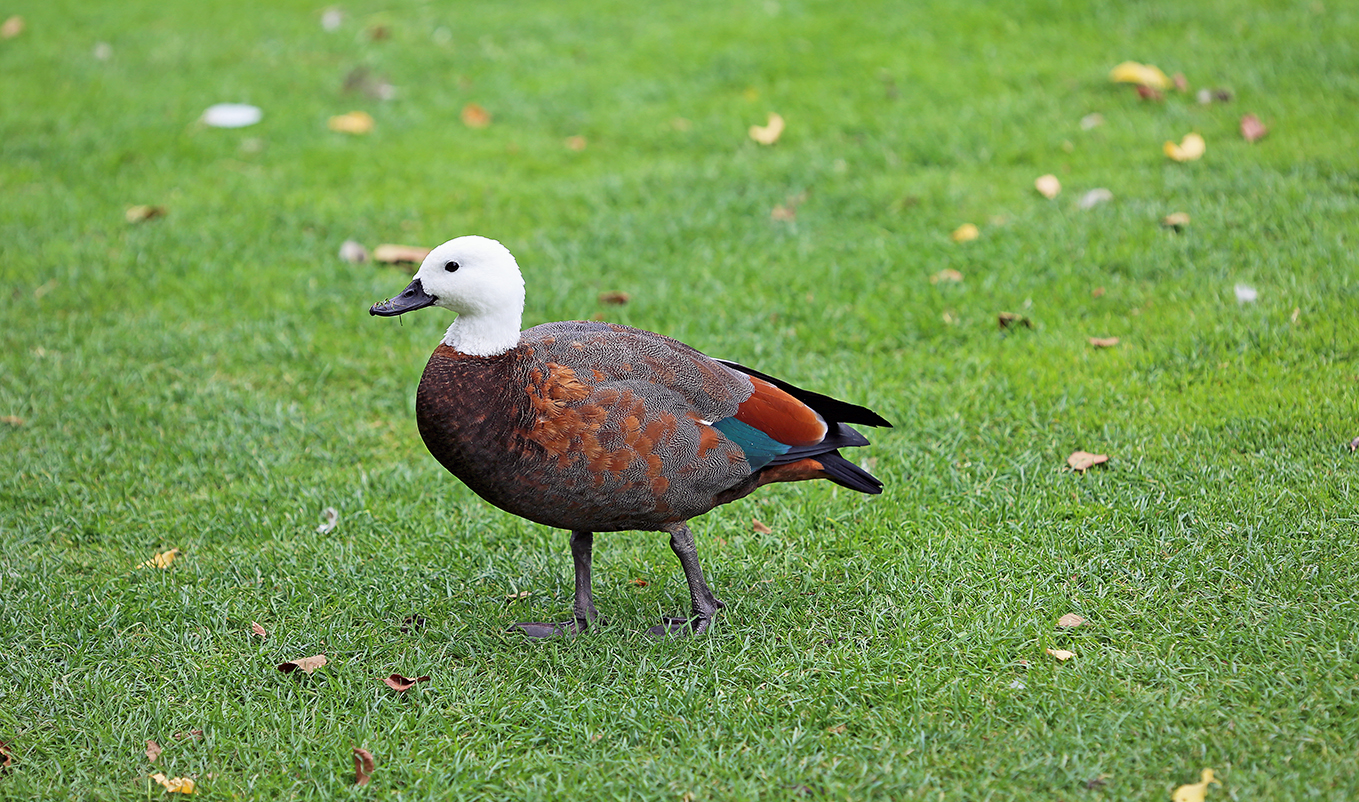
9. Rifleman/Tititipounamu
NZ’s smallest bird, this hyperactive forest dweller produces a characteristic ‘wing-flicking’ while moving through the canopy and foraging up and down tree trunks.
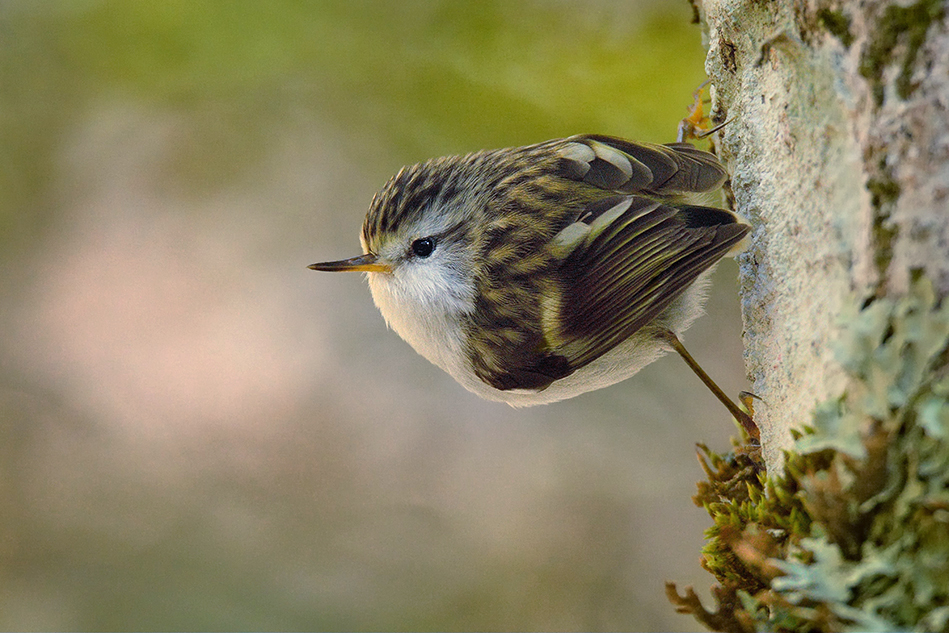
10. Kiwi
A national icon with an onomatopoeic name, at least for the male, which cries ‘kiwi!’ The females make an ugly sound, a bit like someone with a sore throat. There are five different species.
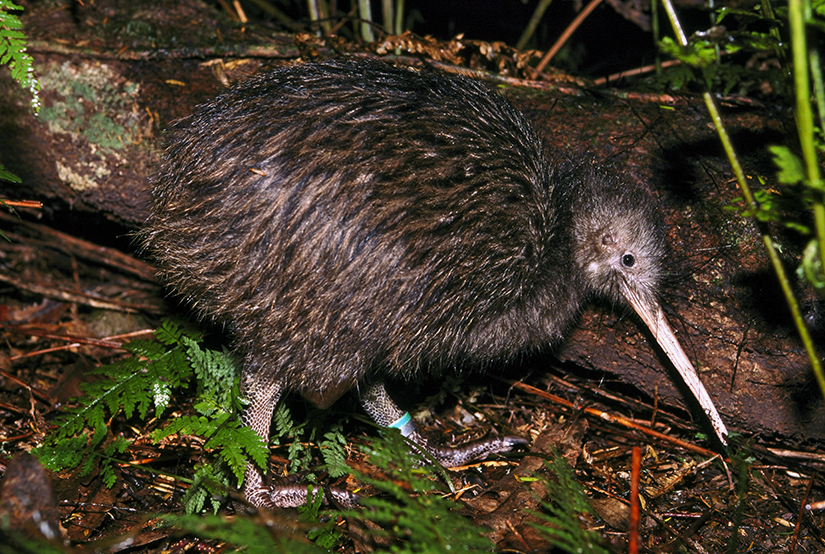
11. Robin
Inhabiting forest and scrub, the distinct North Island and South Island robins stand leggy and erect, sing loud and long, and will often approach very closely.
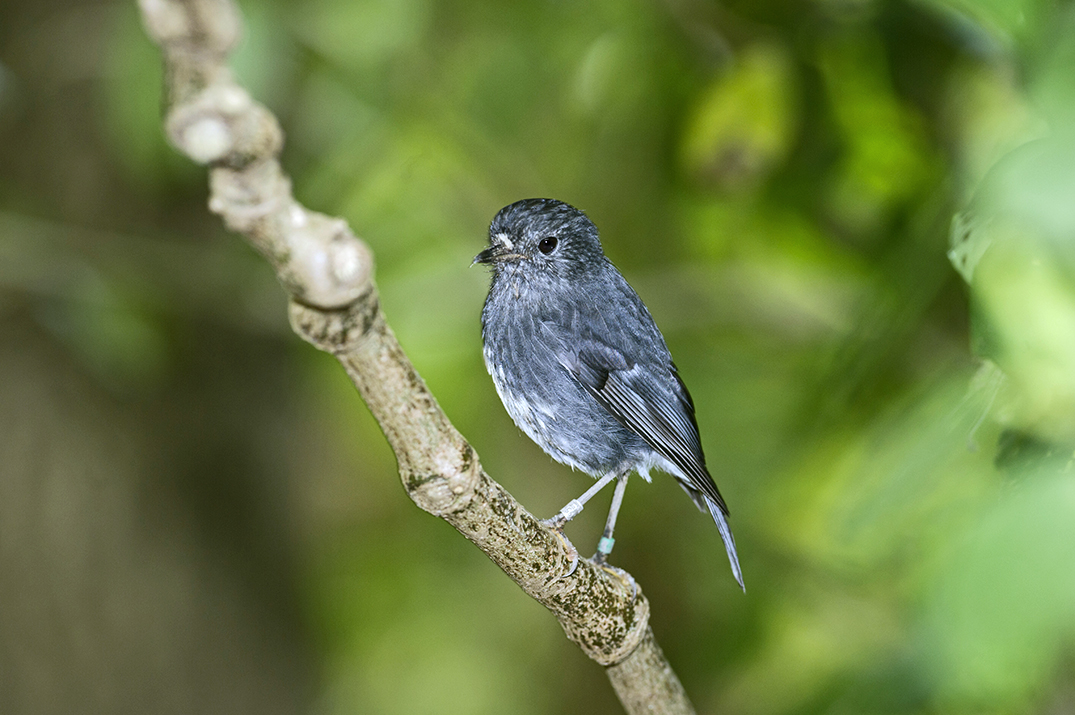
12. Tomtit/Miromiro
Widespread inhabitant of forest and shrubland, the tomtit is often reclusive and hard to see, but occasionally moves in for a closer look.
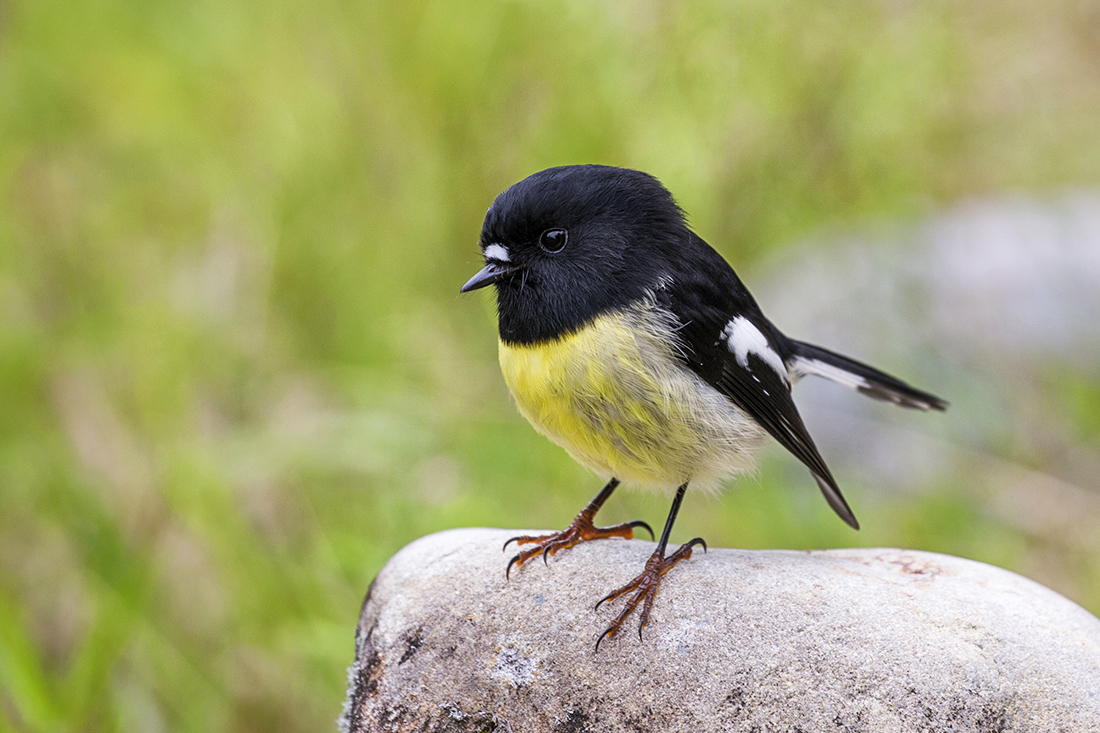
13. Kea
Resident only in the South Island, this is the world’s only true alpine parrot. Kea appear innately curious, but this is simply a pretence to peck destructively at your possessions.
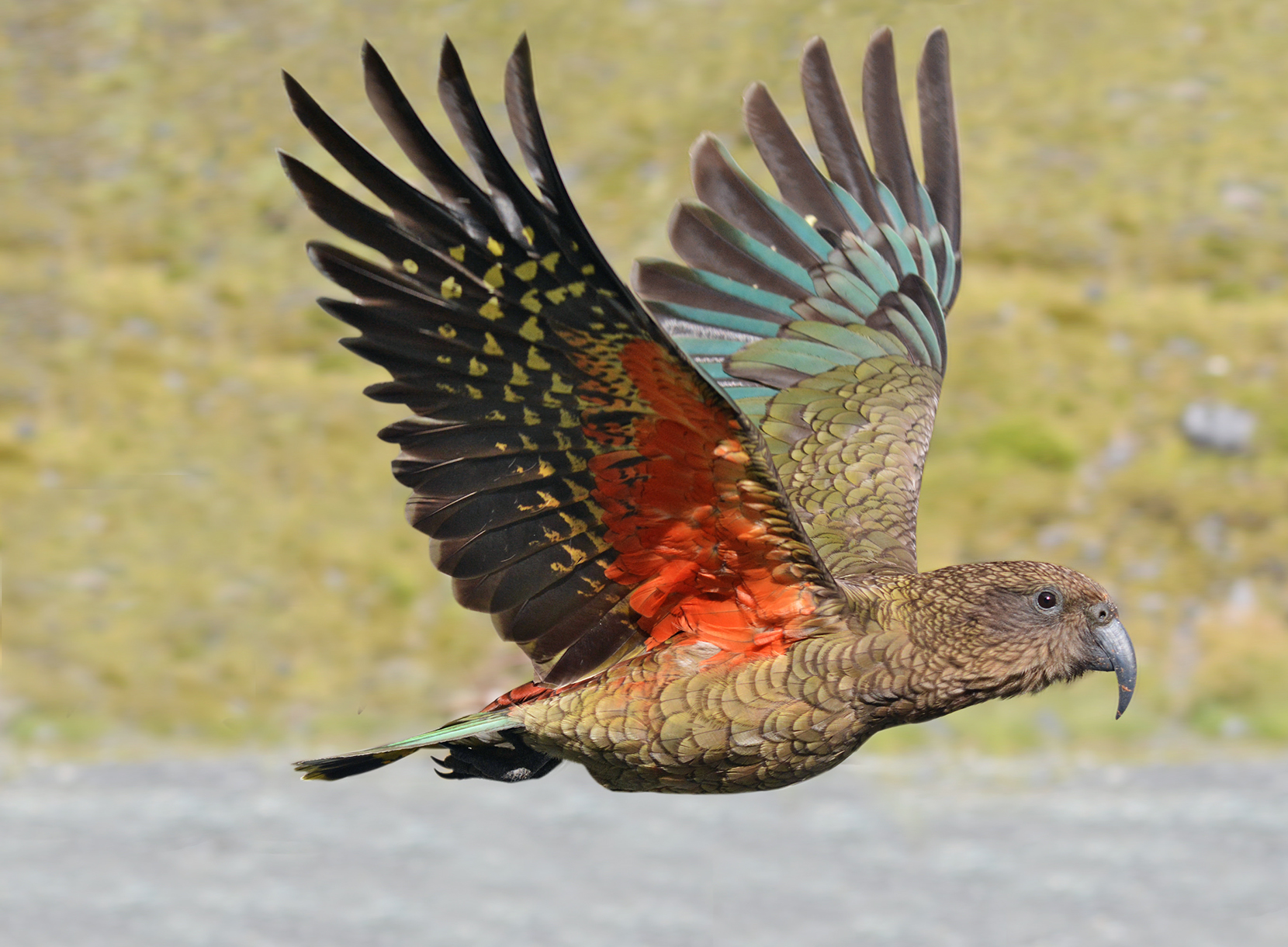
14. Falcon/Karearea
The NZ falcon is a magpie-sized bird of prey found in both forest and open habitats such as tussocklands and roughly grazed hill country.
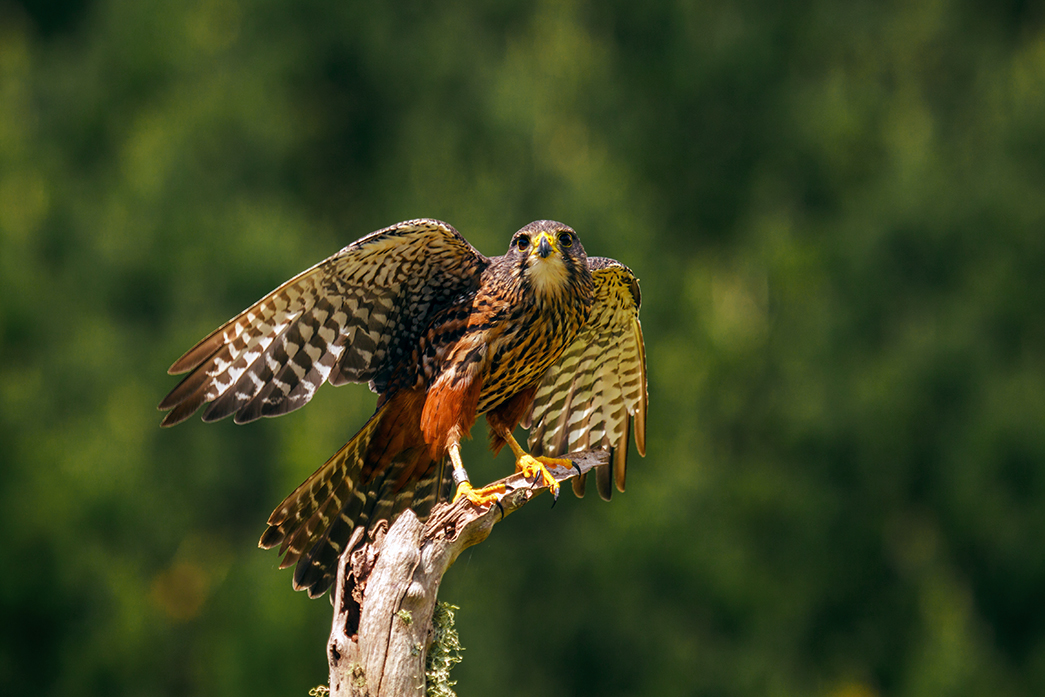
15. Kaka
This screechy parrot flaps boldly across the sky and settles in a wide variety of native forest, including podocarp and beech forest.
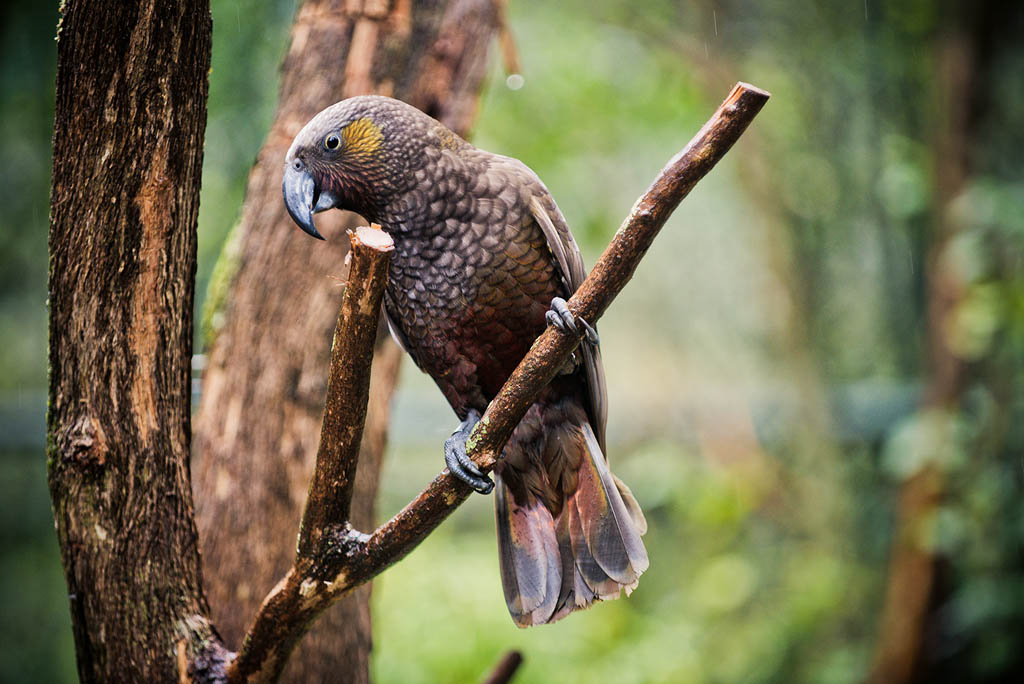
16. Tui
Common throughout town and country, the ‘parson bird’ is metallic bluey-green with white throat tufts. Sometimes tuneful, and sometimes cacophonous, it is always an aerobatic flapper.

17. Morepork/Ruru
You may not see this small, nocturnal owl, but you’ll probably hear its ‘more-pork’ call and peculiar screeches. If you’re lucky it may eyeball you from a low branch in both native and exotic forests.

18. Blue Duck/Whio
Mostly confined to clear, fast-flowing rivers in the mountains, this darling little bird issues a shrill ‘whio’ whistle above the noise of turbulent waters.
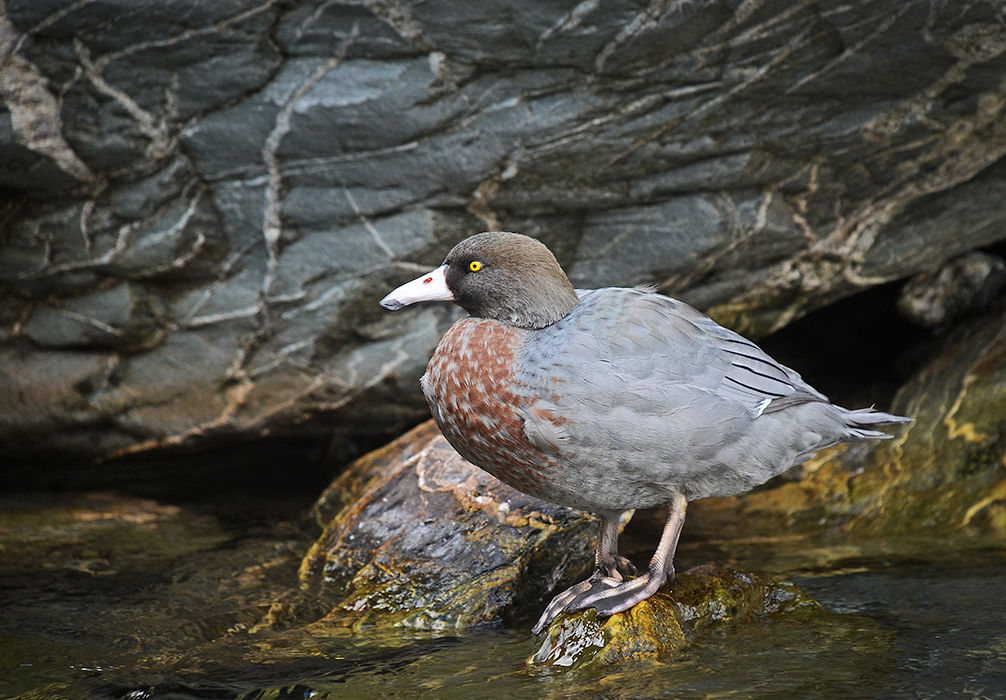
19. Kakariki
Also known as the red- or yellow-crowned parakeet and now reasonably rare on the mainland, these birds will most likely be seen in tall forest.
